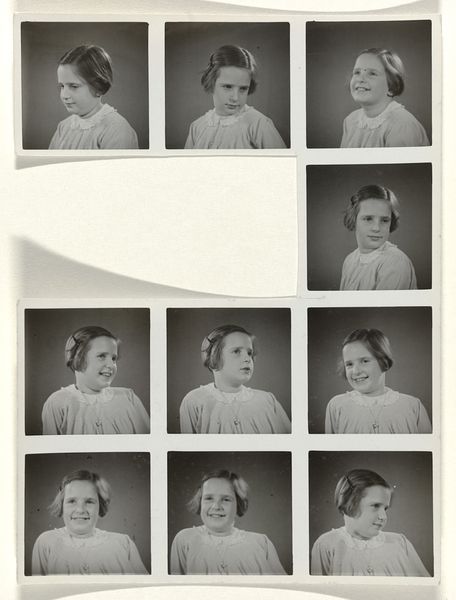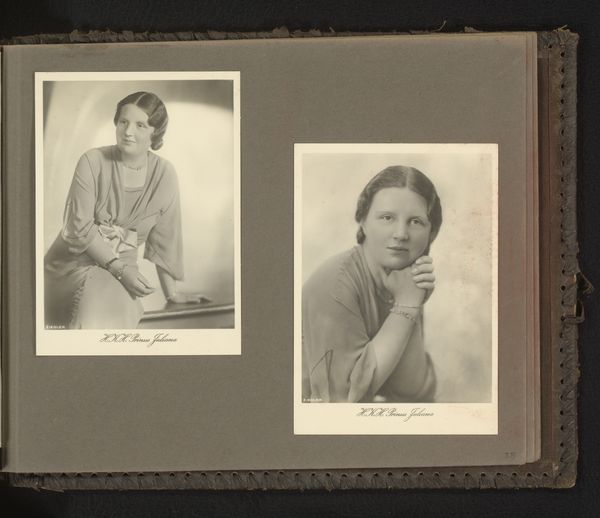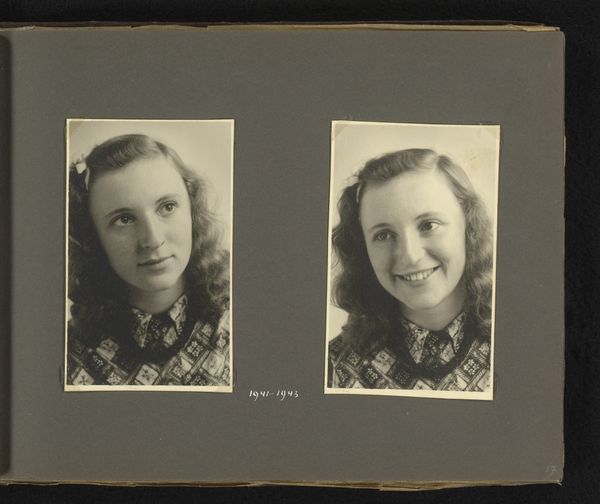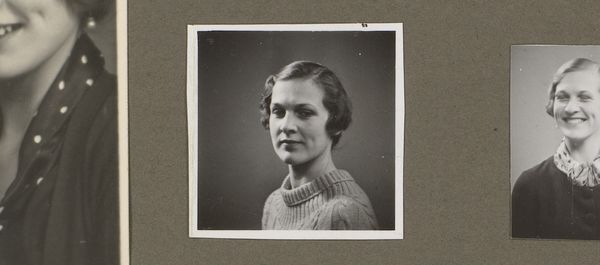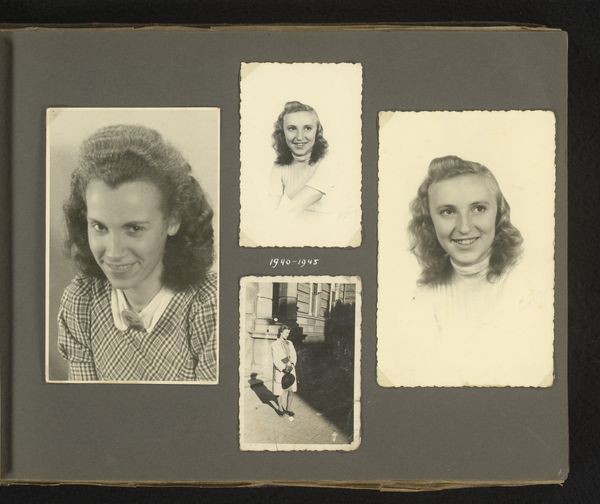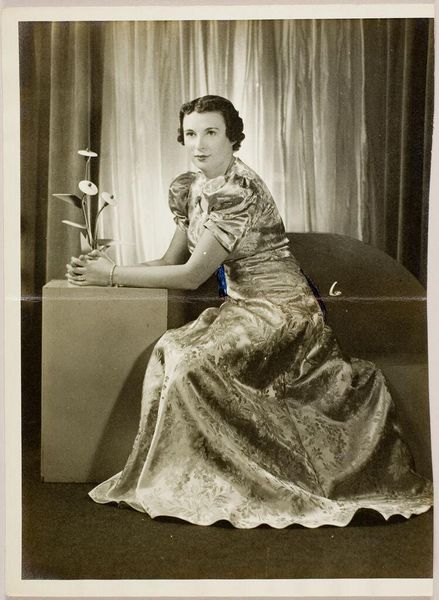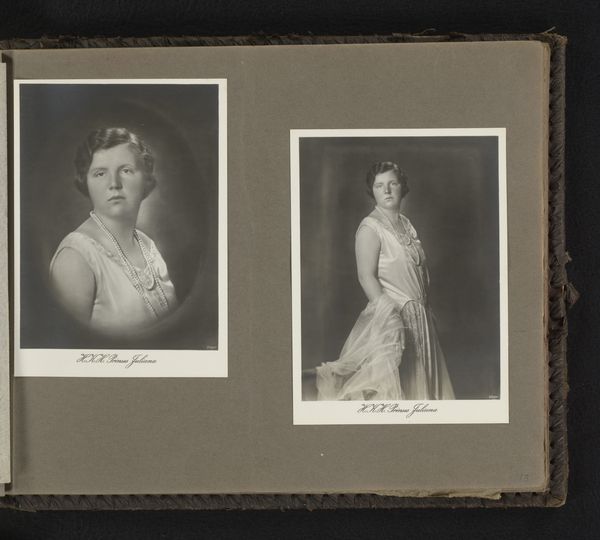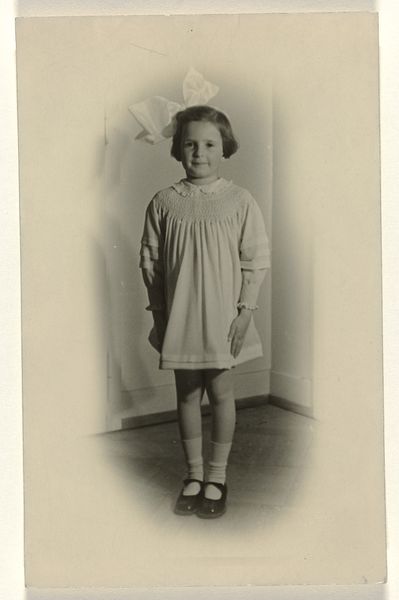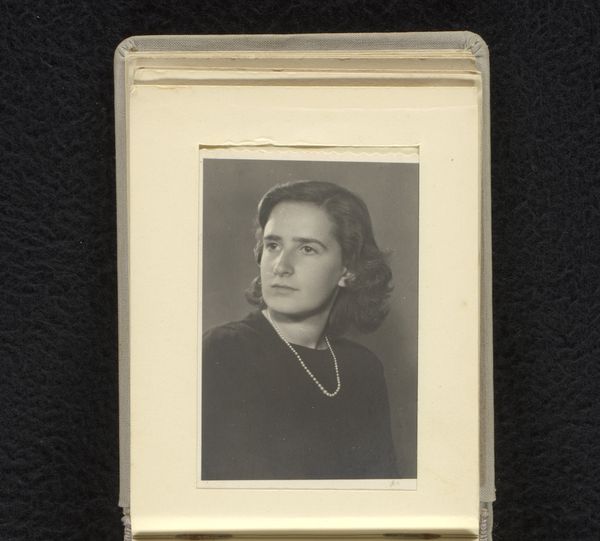
paper, photography, gelatin-silver-print
#
portrait
#
paper
#
photography
#
historical photography
#
geometric
#
gelatin-silver-print
#
modernism
Dimensions: height 140 mm, width 105 mm
Copyright: Rijks Museum: Open Domain
This sheet of twelve black and white photographs comes from the Estate of Isabel Wachenheimer, its maker is unknown. The subject matter is clearly a young girl, maybe around seven or eight years old, captured in various poses. What strikes me about this photographic contact sheet is how it flattens time and emotion into a grid. Each image is a small window onto a fleeting expression – a smile, a glance, a moment of quiet contemplation. Look at the bottom left image where she is looking down with her head tilted. Is she shy, sad, or just bored of having her picture taken? The anonymous photographer seems to be influenced by the serial portraiture of someone like August Sander, who tried to document types within German society. Here though, the focus is on a singular subject, made universal by the passage of time and the loss of its maker. The work reminds us that art is an ongoing conversation about how we see and remember each other.
Comments
rijksmuseum about 2 years ago
⋮
In 1928 a daughter, Isabel, was born to Eugen and Else Wachenheimer. In 1934 they posed before the family home in Stuttgart on Isabel’s first day of school. The photograph at the lower right was taken almost ten years later (1943) in the Westerbork transit camp. Isabel had been rounded up in Amsterdam five months earlier. The family was first sent to Theresienstadt and then on to Auschwitz-Birkenau, where Eugen and Else were gassed. Isabel was condemned to forced labour.
Join the conversation
Join millions of artists and users on Artera today and experience the ultimate creative platform.
